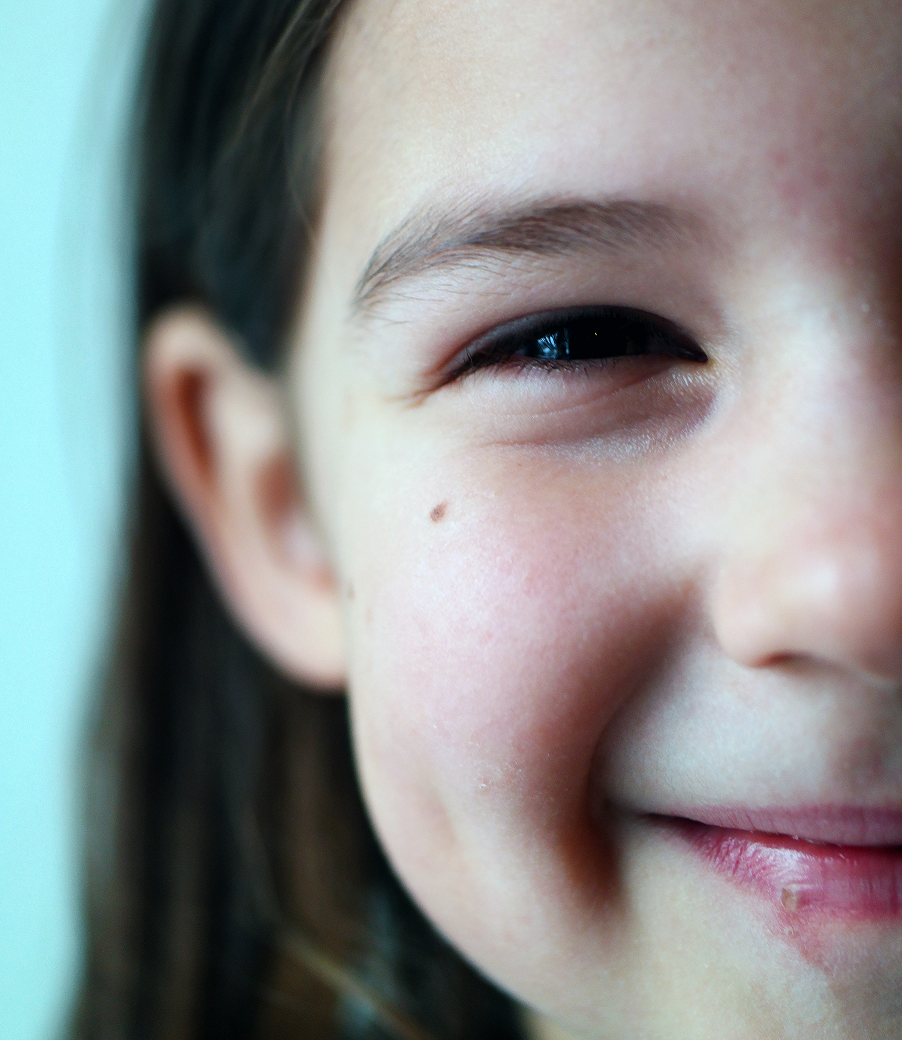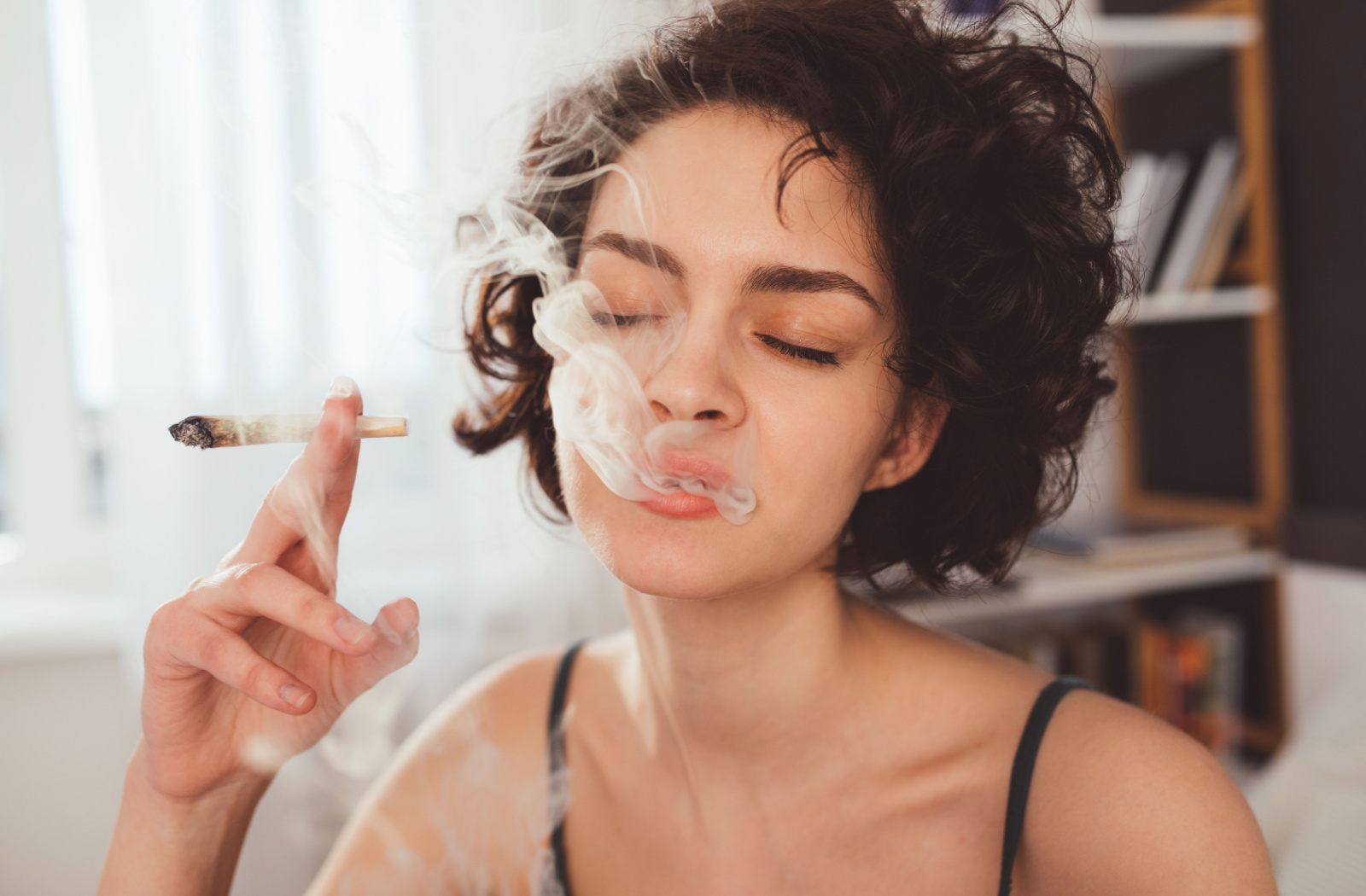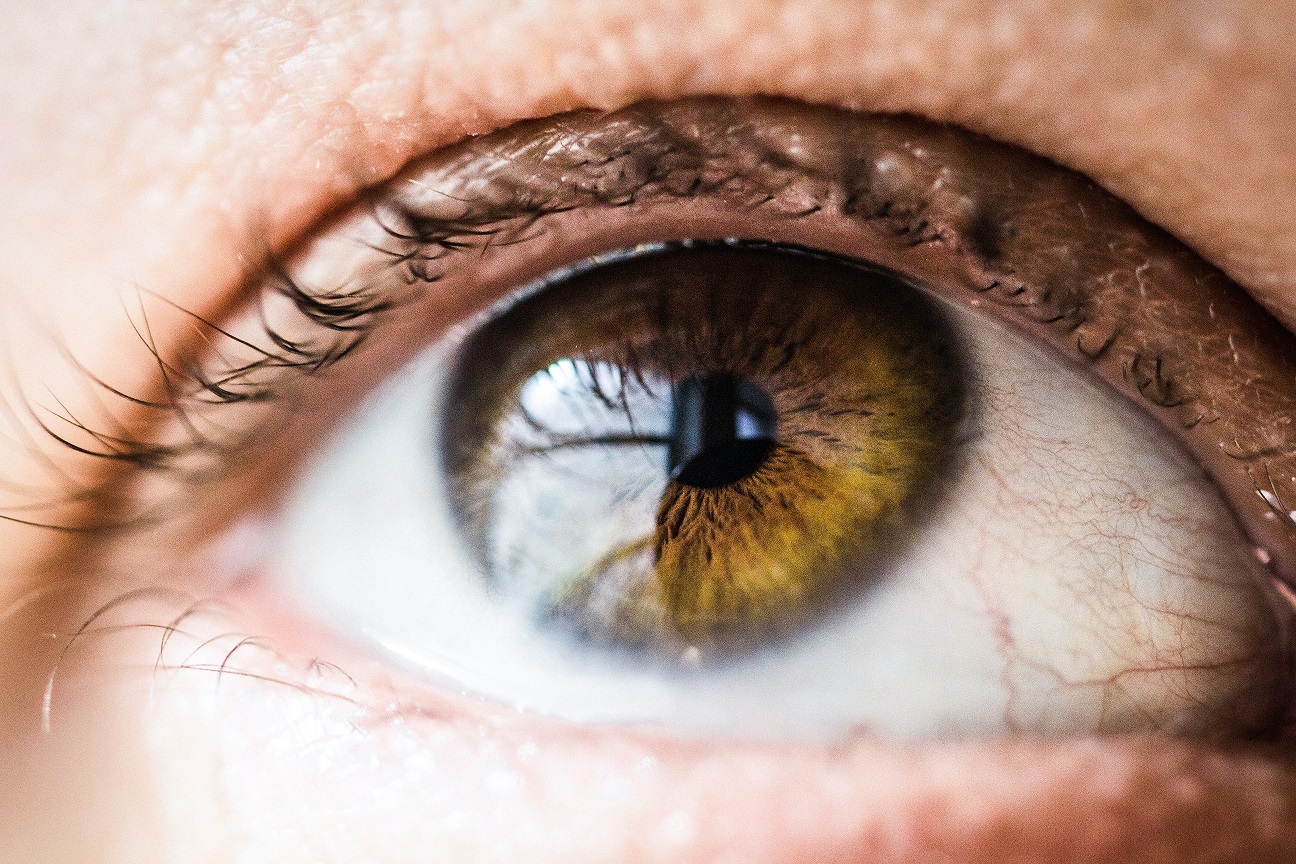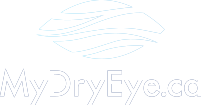Have you ever had itchy and inflamed eyelids? What about a stye a.k.a an “eye pimple”? These are all common causes of debris and bacteria build-up on the eyelid margin. The medical term for this eye syndrome is blepharitis.
Blepharitis is a manageable condition if you have the right treatment at home and in the office. In this blog, we will discuss how to maintain optimal eyelid hygiene for better eye health.
Why Does Eyelid Hygiene Matter?
Maintaining proper eyelid hygiene is important for eye health. Blepharitis is not contagious, but it can be irritating and increase the risk of dry eye. If left untreated, severe blepharitis can cause a wide variety of complications including:
- Styes and/or chalazia
- Bacterial conjunctivitis
- Inflammatory responses with contact lens wear
- Itchy and inflamed eyelids
- Dry eye
Having good eyelid hygiene is similar to oral hygiene. Poor oral hygiene leads to increased risks of cavities, inflamed gums and mouth infections. To prevent these complications, dentists teach us to brush our teeth and floss daily.
Eyelid hygiene requires the same preventative maintenance by cleaning our eyelids with lid cleansers, lid sprays and/or lid wipes. A specific treatment plan can be outlined by your optometrist, but it is usually a daily cleaning in the morning or at night.
Now, let’s go over eyelid cleanser products in your doctor’s cabinet and how to properly use them.
How to Care for Your Eyelids
There are many different types of eyelid cleansers, but not all of them are created equally. Using eyelid cleansers that are preservative-free will gently and safely remove bad bacteria from your eyes. Blephaclean, Blephagel, iLid ‘N Lash or BIHOCl (Hypochlorous Acid) have been shown to effectively remove blepharitis. Our previous blog outlines other types of eyelid wipes that can be found in the doctor’s office.
If you are using an eyelid wipe such as Blephaclean and iLid ‘N Lash, wrap the wipe around a clean finger and gently clean the upper eyelid and lower eyelid.
With eyelid cleansers/gels such as Blephagel, place a pea sized amount of gel onto clean fingertips. Then, gently cleanse the upper eyelid and lower eyelid in a circular motion for about 30 seconds. Afterwards, wash the gel off your eyelids thoroughly with warm water.
If you are using an eyelid spray like BIHOCl, close the eyes, spray each eye twice and let it air dry for 30 seconds.
Healthy Eyelid Hygiene for Life!
Daily eyelid hygiene will help prevent eye issues such as blepharitis, dry eyes and red eyes. Start practicing good eyelid hygiene early on to reduce these ocular health risks.
If you are still struggling with irritated eyes, visit a dry eye doctor that can examine your eyes and provide you with a detailed treatment plan. If you are looking for an dry eye optometrist, visit one of our MyDryEye clinics









